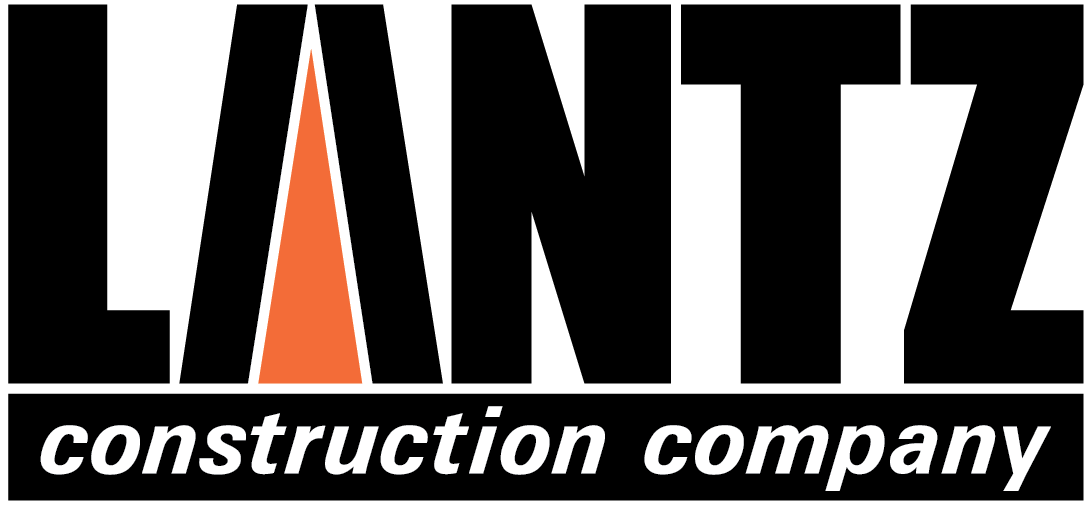
The following is an abridged version of an article by Jonathan Arnholz, NCCER (National Center for Construction Education & Research), that was published May 17, 2021 on www.constructiondive.com.
Construction and Coronavirus: The industry one year later
It has now been more than a year since the COVID-19 pandemic arose, creating a shock wave that reverberated across seemingly all facets of life. So, one year later, how has the construction industry fared?
All things considered, the world of construction remains relatively strong. While the pandemic slowed some projects and led to new processes, the industry continues to work hard and create new buildings and infrastructure. Like the people who make up the construction workforce, the industry is resilient and is on the road to recovery.
What Has Changed?
New Safety Considerations
Safety is an important value in construction. The ultimate goal is for everyone to get home safe at the end of the day. Preparation, awareness and following procedures go a long way toward the prevention of incidents – in this case, the spread of the virus.
Luckily, craft professionals have long been familiar with wearing personal protective equipment. Masks have joined hard hats, gloves and safety glasses among the required PPE.
New Takes on Training
With the pandemic forcing the closure of schools and learning centers, education predominantly moved online, but without in-person class sessions, the hands-on aspect of learning construction skills was hard to replicate.
Wearing masks, rotating time slots in the workshop, safer shop layouts, and other creative solutions have helped training programs continue in their mission.
Shifted Project Timelines
Social distancing requirements have forced some on-site teams to cut their numbers or spread out their schedule, while COVID-19 outbreaks can temporarily stop work. With the overall economy in rough shape, factors such as a client’s financial situation or rising costs of materials have also influenced both in-progress projects and future plans.
What Has Stayed the Same?
The Demand for Skilled Craft Professionals
The construction industry has been facing a workforce shortage and a high demand for trained and skilled craft professionals for many years now. This has been one of the greatest threats to the long-term health and stability of the industry, and that threat still looms large.
One factor contributing to the skilled labor shortage is the aging construction workforce. The average age of a craft professional is between 48-52 years old, and many of the industry’s experienced employees are either approaching retirement or have already done so – a process expedited by the health crisis.
Construction is an Essential Industry – and Always Has Been
Consider the impact construction had on directly fighting the pandemic. Crews worked at an accelerated schedule to complete in-progress hospitals and emergency rooms, as well as convert places like convention centers into temporary medical facilities that could house more patients as existing hospitals reached capacity.
Almost everything in the economy begins with construction: roads, utilities, homes, commercial buildings, industrial buildings, schools, medical facilities. Construction is one of the most important industries in the world, and the skilled craftsmen and craftswomen who power it are as integral to everyday life as any other profession.
Construction Moving Forward
The past year has been one of unprecedented challenges. While the construction sector was not spared from problems caused by the pandemic, it has continued to work and adapt to new situations as well as any other industry.
Moving forward, construction will take further steps toward recovery while also turning its attention back to other areas of focus such as workforce development. The future remains full of opportunity.
